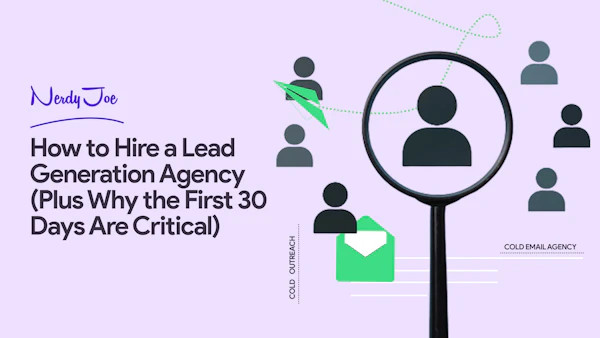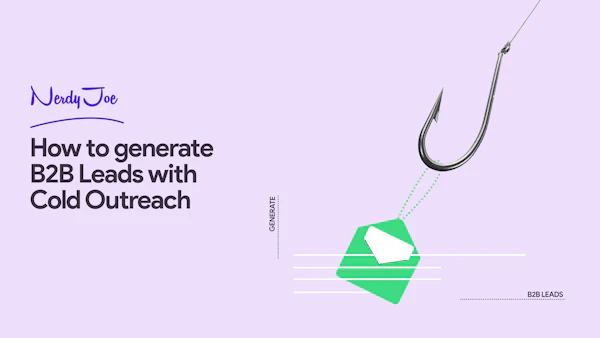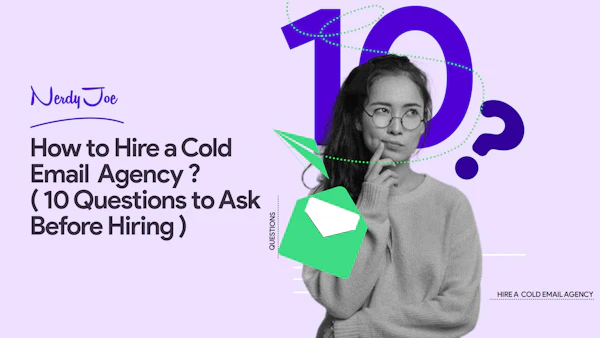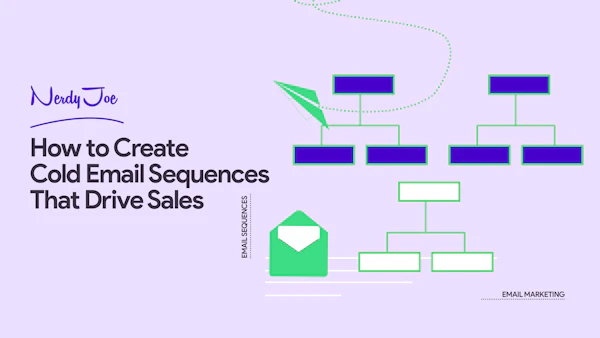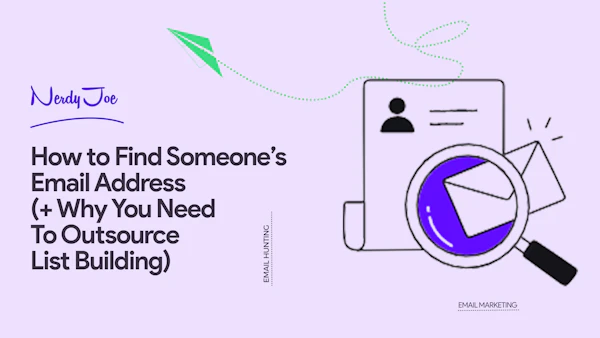We spent 1 hour crafting our cold pitch…
And woke up to this reply.
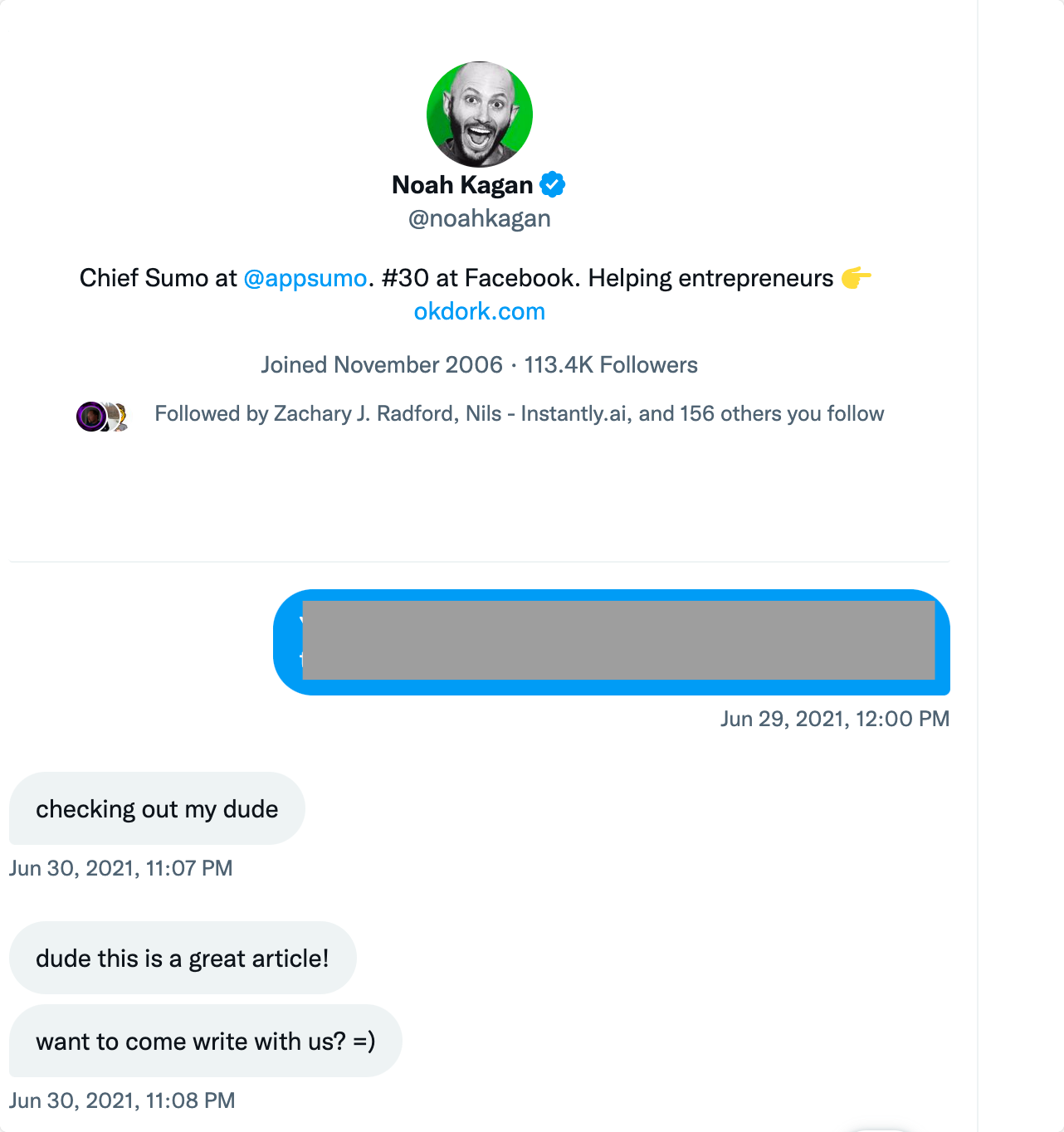
Yes, that’s Noah Kagan, CEO of $100 million ARR company Appsumo.
And to this email…
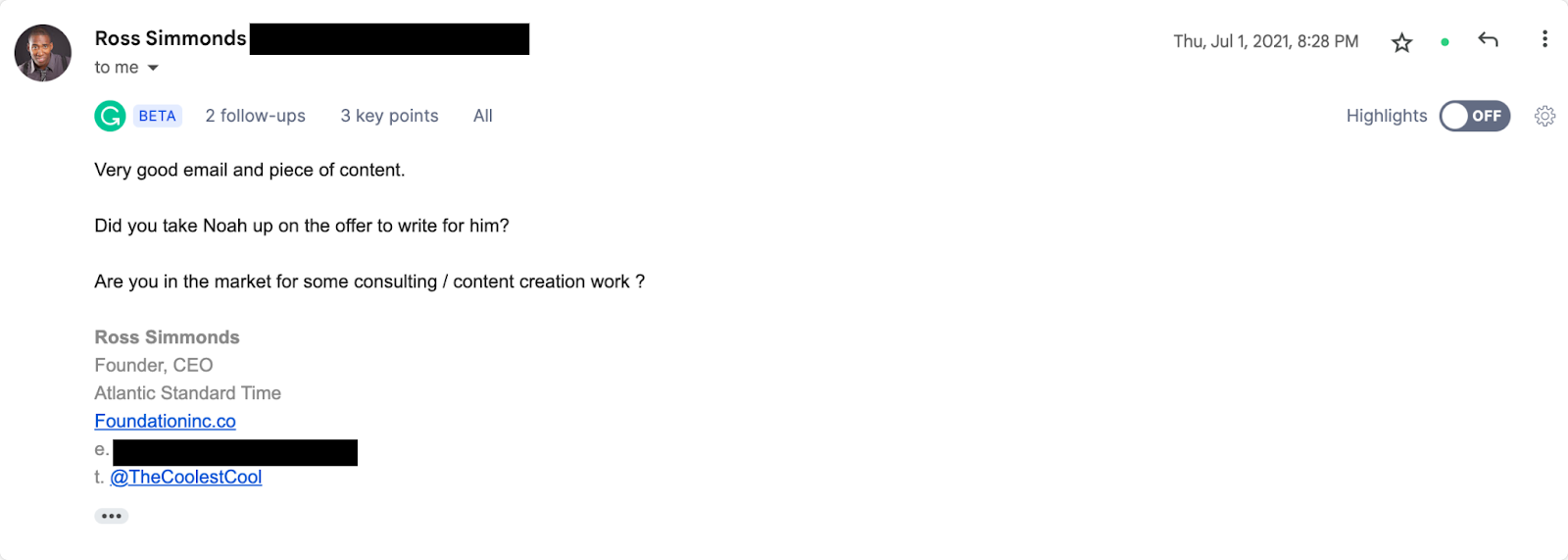
That’s Ross Simmonds, CEO of the multi-million dollar agency Foundation Marketing.
Here’s what happened…
We spent years trying to get high-paying clients for our content marketing agency.
We tried cold email, paid ads, and LinkedIn outreach … none of it worked.
Until one day, we tried a different approach. Instead of sending vague mass emails, we started treating every prospect differently. And as a result, our cold emails were now more personalized and enticing.
Here’s how we shifted to a cold email strategy that got us responses from 9 figure CEOs.
Note: Struggling to get replies or book meetings with CEOs that fit in your ICP? We’ll help you get 6 SQLs or book 6 meetings with CEOs that are ready to buy for only $999/month. Book a 30-minute consultation now.
5 Steps We Use to Email CEOs of $10M+ Companies And Get Replies
Brainstorm your USP and pitch ideas
Before even writing a single word of your cold email to a CEO, make sure you got your USP and pitch idea right.
The reason many CEOs don’t open or reply to your emails is that:
They’re probably not the right person to talk to for your ask.
Your question doesn’t relate to what they do.
The offer is of no interest to them.
Etc.
One way to fix this is to spend some time crafting your messaging, USP, or pitch ideas.
We usually ask ourselves:
Is this CEO the right person to talk to about this?
Do they have time to do this?
What’s in it for the CEO?
Is my question related to what they do?
These questions help us know if we should cold pitch that CEO or not.
Once we’ve qualified the CEO, we move on to the next step, where we define and clarify our USP. We ask ourselves:
What is the main idea of this pitch?
What is the #1 thing they should take away after reading this message?
What are three different ways to formulate the ask?
What are three different ways to state the problem?
What are three different ways to state the value proposition?
After getting these cleared up, you’ll have a clear idea of what the most impactful value proposition should be.
Pen it down and move on to the next step, which is actually writing the cold email.
For instance, why did we contact Rand? He's the CEO, not the VP of Marketing.
Well, there are a couple of reasons for this:
Rand was the only person publishing articles on the blog at the time of our research.
He said in a podcast that SEO isn't what they're focused on at SparkToro, but that he's still open to hearing great ideas.
So we concluded: Even if we go to the VP of Marketing, Rand might still be the one with the last word.
We then decided to move forward and pitch him.
Craft your subject line, CEO-style
This is probably the most important yet difficult part of the “cold emailing a CEO” process.
Think about it, how do you get someone as busy as Rand Fishkin, Co-Founder of Moz, and CEO of Sparktoro, to pay attention to your email in the billions of emails sitting in his inbox?
Because they’re only 3 reasons such a busy person will click open on your email and reply:
He knows you.
Someone introduced you.
You caught their attention.
The third is exactly what a great email subject line helps you pull off.
Now, as you might doubt, the way you write a cold email subject line to a CEO is slightly different from how you write a subject line for any other person.
Among other things, we factor in when crafting a subject line intended for a CEO:
Their hobbies
Company news
Time-sensitive information
Something or someone they care about
Here’s how we put these together into a process to craft an email that got us a reply from Rand Fishkin.
Researching what Rand’s up to lately
At the time of writing the email, we thought Rand was still at Moz. We wrote a blog post about Walmart’s SEO strategy and thought it fit perfectly in the Moz blog.
So we checked up to confirm and realized he had left Moz to create SparkToro, his new Audience Research firm.
We also learned that although still new to the market, his new startup was doing pretty well and that he had no intention of making it as big as Moz. Literally, he chose to go the lean startup route.
Now, you might wonder, if he was no longer at Moz, why did you still pitch him? Well, we realized a few things:
Just like Moz, SparkToro is targeting marketers and their target audiences are spread across SaaS, e-commerce, and the like.
SparkToro’s target audience enjoys reading marketing strategy teardowns, and Walmart is a great company that they’d like to learn more about their marketing.
So, we went ahead and continued our research.
Crafting multiple subject lines and scoring them
Part of our lead generation process at our B2B lead generation agency is that we always start with at least 10 working subject lines.
The reason is we use our research data to craft our subject lines, and because there are a lot of data points, it’s easy to miss out on the most important information.
So, instead of writing our email subject line based on what information we think is important, we craft subject lines based on all of them and then score them. This way, we have the certainty that the subject line will make us pass the front door.
For instance, here are some subject lines that came up out of our research about Rand Fishkin.
“Noah Kagan thinks we should talk”: We came up with this subject line because Noah Kagan is a great marketer and CEO, and our bet is Rand knows him.
“Walmart’s SEO strategy”: Rand has been popular for running Moz’s infamous Whiteboard Friday for years, and so, naturally, he’d be interested in great SEO case studies and strategies.
“You and Amanda are absolute geniuses. I’m a big fan.”: This is a true sentiment that I have about the work Rand and Amanda, the VP of Marketing at SparkToro, do.
“New idea for the SparkToro blog”: This is a straightforward approach to writing great subject lines. We thought this would be great because 1) Rand is busy, and 2) we’re doing him a favor by telling him upfront what we’re reaching out for.
“Your interview with Kevin Lee was 🔥”: I listened to an interview where Kevin Lee sat down with Rand to discuss marketing and his new perspective on growing a company.
“Walmart, SparkToro, and Amanda”: This is a way to stir your recipient’s curiosity without giving more detail. We mentioned his company name, his VP of Marketing, and a big company. The goal is to get him to be curious about what Walmart has to do with Amanda and SparkToro.
“Walmart's strategy on the SparkToro blog.”: This email's subject line is like the 2nd one, but the only difference is that this one gives more context about our question.
After listing our subject line ideas, we score them against each other to see which one we should go after.
Here’s our process for scoring subject lines:
By default, every subject line gets assigned a score of 5/10. Our principle is if a subject line gets shortlisted, it’s somehow because it’s a great one.
Every bullet point that we assign to a subject line is worth 2 points. If it’s a pro, then it’s +2, but if it’s a con, then it’s -2.
The final sum is the addition of the pros’ score minus the cons plus the initial 5/10.
So, for instance, if a subject line has three bullets under the Pros section and 2 bullets under the Cons section, it has: 5 + (3x2) - (2x2) = 5 + 6 - 4 = 7/10.
So, here’s how that applies to our Rand Fishkin case.
| Subject Line | Pros | Cons | Overall Score |
|---|---|---|---|
| “Noah Kagan thinks we should talk” | - It mentions someone Rand knows. | - Noah never suggested we should talk. - It reads a little bit like clickbait. - There’s nothing in the email body that has to do with Noah Kagan. | 1/10 |
| “Walmart’s SEO strategy” | - It says exactly what the email is about - It mentions SEO, which is something Rand cares about. | - It is vague and does not talk about what it has to do with SparkToro. - Sounds like I’m trying to teach Rand about Walmart’s SEO strategy, which might sound off because he probably knows about it. - Walmart has nothing to do with SparkToro. | 3/10 |
| “You and Amanda are absolute geniuses. I'm a big fan.” | - It mentions a person Rand knows - It’s complimenting them. | - It’s vague and doesn’t tell us more about our ask. - Sounds a little bit like ass-kissing. - It’s very long. | 3/10 |
| “New idea for the SparkToro blog.” | - It’s straightforward. - It gets the reader to be curious. | - It doesn’t tell what the new idea is and might create friction as Rand might decide not to pursue the conversation because of the amount of back and forth required. | 7/10 |
| “Your interview with Kevin Lee was 🔥” | - It shows that I’ve done my homework. - It compliments Rand. | - Although it makes the email personalized, that podcast has nothing to do with my question. | 7/10 |
| “Walmart, SparkToro, and Amanda” | - It stirs the reader’s curiosity. - Mentions things Rand is familiar with. | - Read like clickbait. - It’s vague. - Might be more repelling than attractive to Rand. | 3/10 |
| “Walmart's strategy on the SparkToro blog.” | - Mentions a company Rand knows. - The question is clear and straightforward. - Before clicking on the email, Rand knows upfront what the content I’m pitching is about. - By mentioning “strategy” versus “SEO strategy,” we get Rand's attention and have him wonder: “But what Strategy.” | - It’s long. - It’s so upfront that he doesn’t need to open the email to know what’s inside. | 9/10 |
So, obviously, the winner is the last subject line with a 9/10 score. We decided to use it and it wasn’t a bad decision.

Write your email body using a language that resonates with CEOs
We segment our email body into two different parts: the first line and the rest of the email body.
Personalizing the cold email opening line
Now that you’ve decided what the perfect subject line is. It’s time to write an email body that makes your CEO prospects want to respond.
The first thing we like to start with is to make the first line intriguing or personalized. The reason we do this is that we want the cold email opening line to get them to read the second sentence, then the third, then on and on.
As we said in our positioning article, contrary to what most self-proclaimed cold email gurus advise, we don’t believe in the weird saying that cold email is a number’s game.
In fact, when everyone else is sending 1000 emails per day to get 5 meetings booked, we take pride in only sending 20 emails to get the same results.
The way we do this is through hyper-personalization. We make our cold emails look so personal that it’s obvious to the recipient that we either know them or spend hours researching them.
Where do we find information about the CEOs we target as part of our outbound lead generation? Well, we look at different sources:
We listen to podcasts they participated in.
We read about their company updates.
We read the news and see where they get mentioned.
We check their social media profile.
We read their personal blogs.
And more.
We then use this aggregated data to come up with a personalized and tailored way to start with the email.
Here is some feedback we’ve got from our personalized cold emails.
Ross Simmonds, CEO of Foundation Marketing, dubbed King of Distribution…

Rand Fishkin, CEO of SparkToro, previously Co-founder of Moz…

Shahid Khan, Co-founder of Loom…

Stuart Paap, CEO of PitchDNA…

Robert Wik, CEO of PrestigeLink…

We can go on and on, but I’m afraid there’ll be more screenshots than needed in this case study.
So, if you’re wondering how to start an email with an opening line that gets you similar results, here are a few approaches you can try:
Try to compliment the CEO about a recent accomplishment.
Mention a company event that happened recently.
Mention something personal about them that you read in their social media profile.
Talk about something you have in common with them.
Mention someone that both of you know.
Say something intriguing.
Write the rest of the email body using CEO language
Once we’re done with the cold email first line, our next step is to write the remaining part of the email body in a way that resonates with our CEO's target audience.
Contrary to most C-level executives, CEOs are more inclined towards simple and easy-to-understand language. So, no need to use jargon or overly complicated words.
That means you have to use words that get your message across at a glance.
Here’s the structure we usually follow:
After the icebreaker, introduce yourself and include some social proof or reasons they should care.
In the next line, lead with why you’re reaching.
Then give one reason they should care about your ask.
Here’s how that translated in our cold pitch to Rand Fishkin.

As a rule of thumb, always keep your emails short because most CEOs read their email from a mobile device.
Once you’ve nailed this part, it’s time to move on to the call to action (CTA). Because, after all, what’s the point of putting in this amount of effort if not to ask your CEO prospect to take action on any given ask?
Formulate an easy ask with the CTA
This is the part where most people screw their cold outreach. Here are common CTA mistakes we see people make:
Ask the CEO something that can take them between 30 minutes to 1 hour.
Ask the CEO something that’s not within their bandwidth or prerogative.
Turn around the bush and make the CTA confusing.
Ask something that’s wildly inappropriate.
The thing with CEOs is that they’re busy and probably have 15 emails like yours to reply to. So, asking them something that’ll disrupt their day can put them off.
So if you want your recipients to do what you ask them to, make sure your CTAs include the following:
Make it short: Probably not longer than 5 words.
Keep it straightforward and have clear expectations: Make sure that at one glance, the recipient is able to know what to do.
Make a low-commitment ask: Ask something that will not take them 1 hour to do. Ideally, they should be able to do what you ask them to do and reply to you within no more than 5 minutes.
Only make one and one single ask: Don’t confuse your recipients with different asks. Just ask one thing and stick to it.
Here’s an example.

Do you realize how simple, clear, and direct to the point this CTA is? Well, it got us to sign a $2000/month contract.
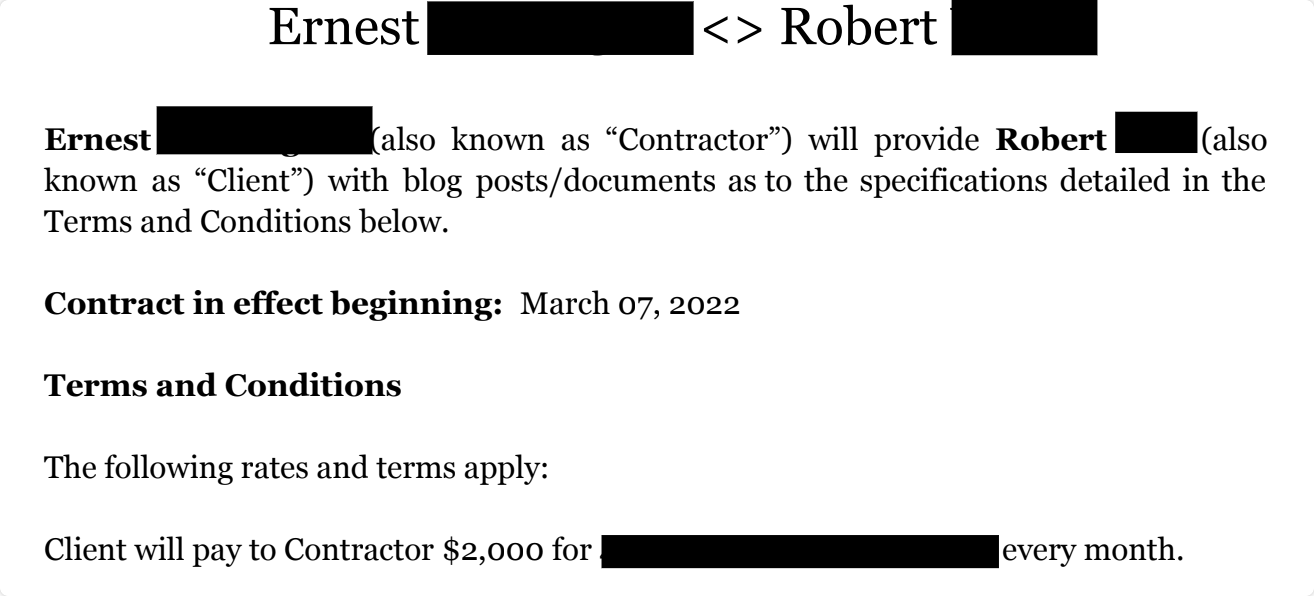
Make sure your email signature does you a favor
This might sound trivial, but your email signature can make or break your CEO cold outreach.
The reason for this is that a signature that does not tell much about you can cause your CEO recipient to doubt your legitimacy.
Imagine pitching a CEO your content marketing services and your email signature features no link to your portfolio, and when they google you, they find nothing.
So make sure you include in your email signature elements that’ll consolidate your position as a trustworthy professional.
Among other things, you can include:
A nice picture of yourself
Your social media profiles
Your phone number
A link to your website and your portfolio
Your TrustPilot reviews
All these elements will make your profile legit and reinforce your prospects' trust in you.
3 Tried And Tested Ways to Find a CEO’s Email Address
Use LinkedIn to find their information
To find someone's email address on LinkedIn, try searching for their name and the company they work for, and then visit their profile. If they have made their email address public, it will be listed on their profile page.
Let’s try to find the email address of our good friend Vladimir Blagojević, co-founder and -CEO of FullFunnel.io.
So here is the search query I used.
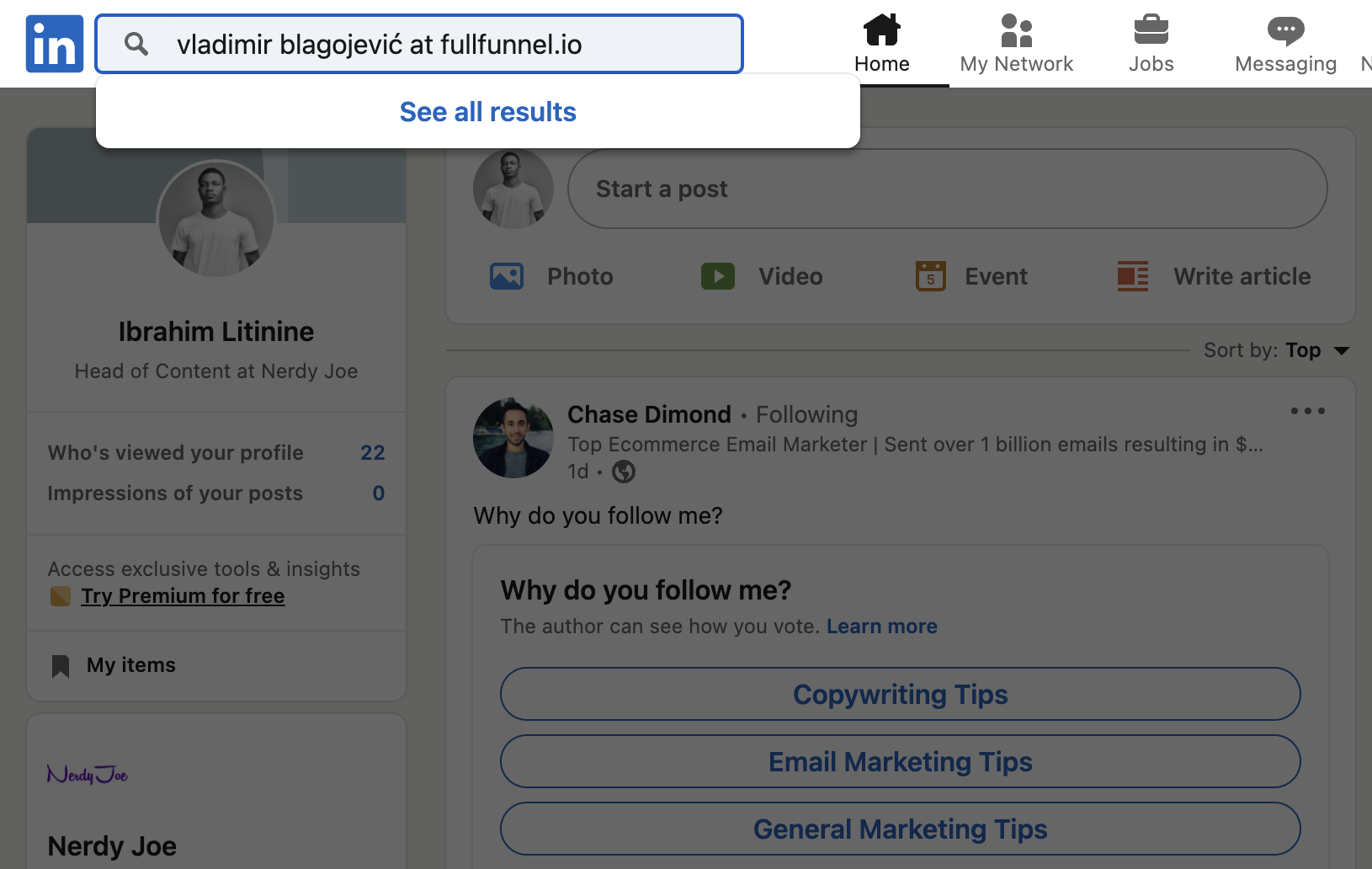
The result.
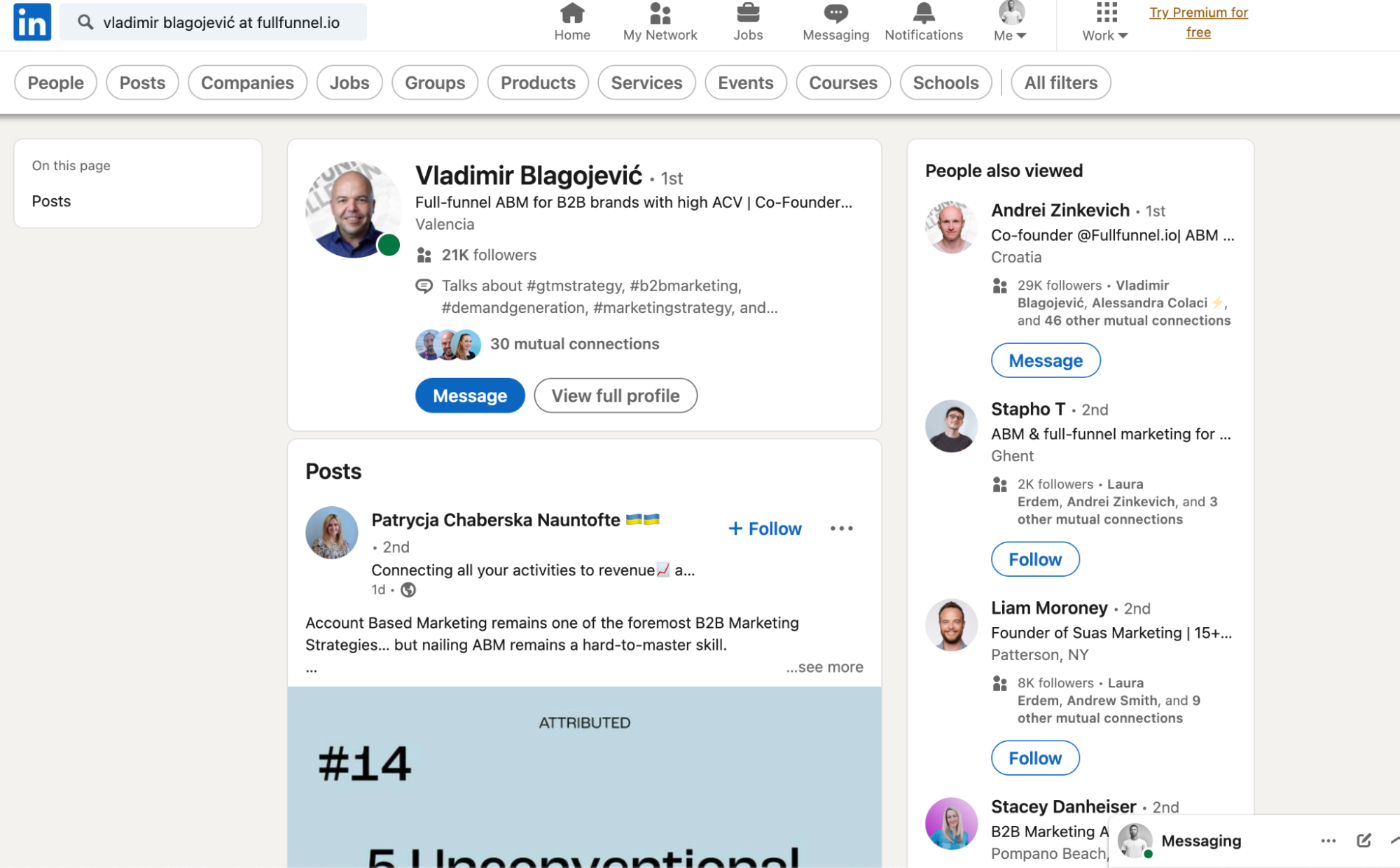
Now, the next step is to click to view her full profile and check out the contact information.
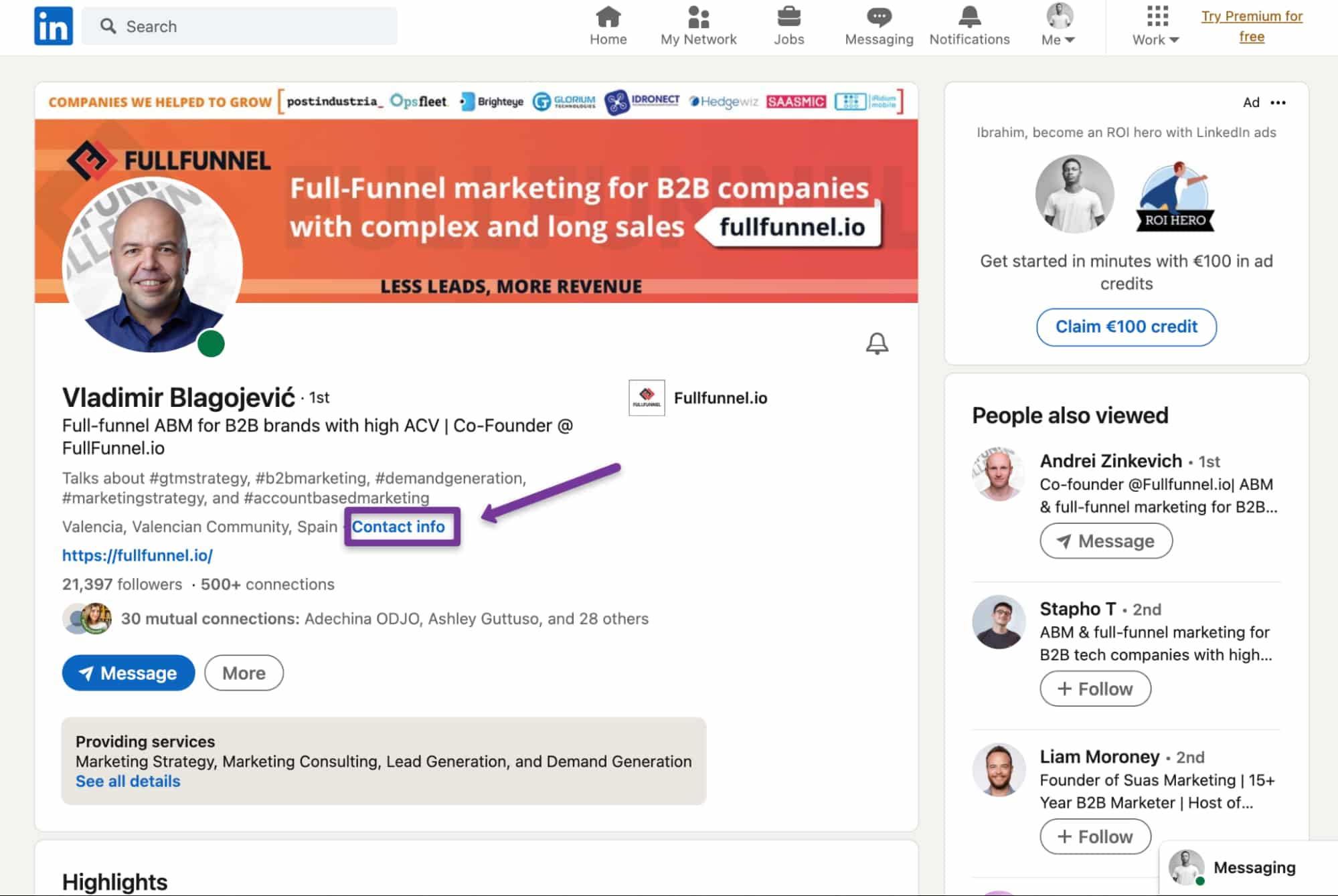
Here is the result.
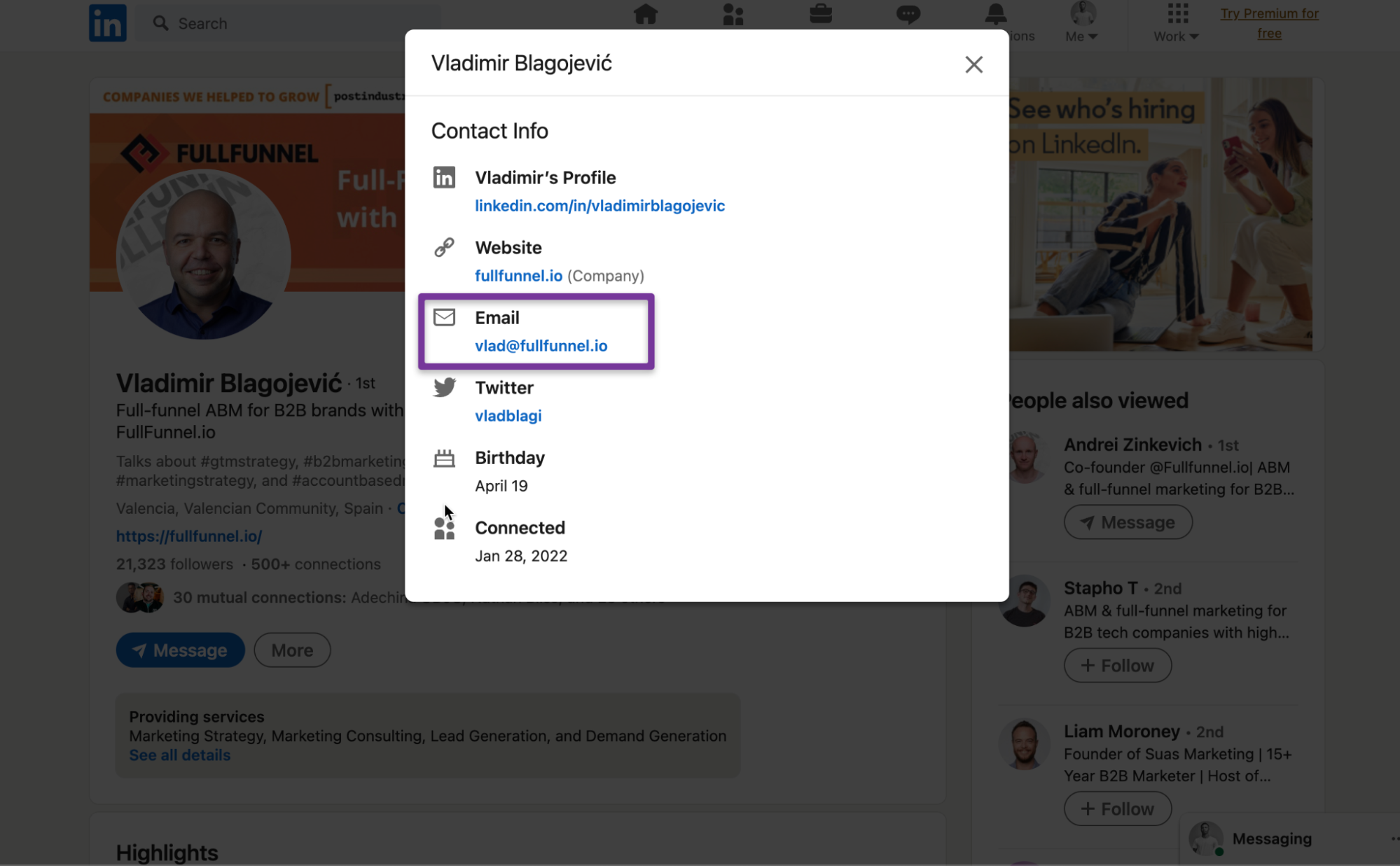
Although it is this time, note that it may not always be their professional email address. Still, it can be an effective way to reach out to them and get a response.
So, depending on whether your target took the time to professionally set up their profile, you can find their personal email address or the one they use at work.
Use an email finder to find their email
There are several email lookup tools available online that can help you find email addresses. Our favorite email lookup tool is Hunter.io. Here is how you can use it to find a CEO’s email address.
Head over to Hunter’s Email Finder and paste your target’s name and the url of the company they work for. Like below:

Hit the “Enter Button” or click on “Find” to find their email address.
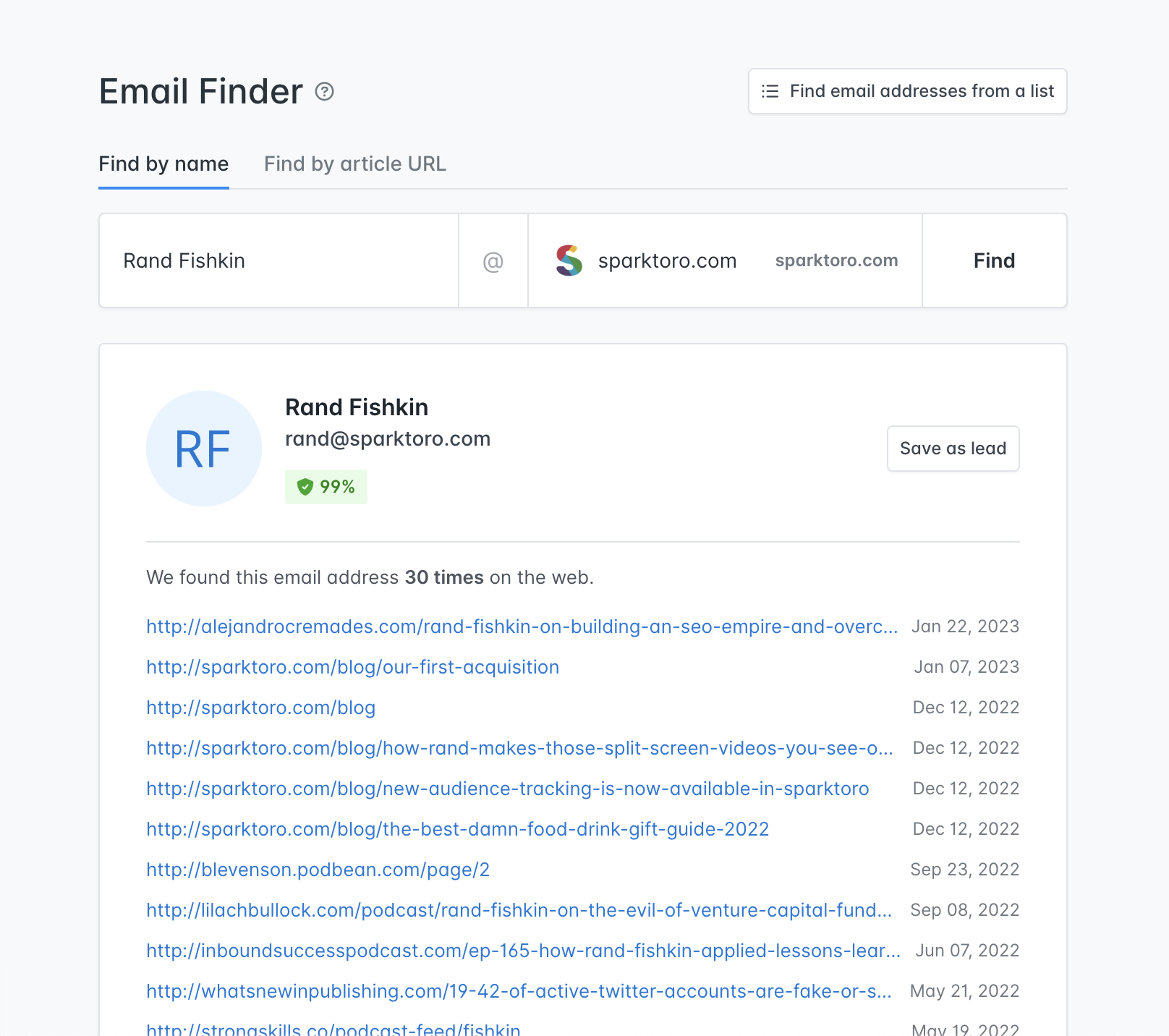
Hunter verifies the email address automatically and gives it a score out of 100 to tell you how verified the email address is. You’ll also see the different sources they used to pull out the email address.
Use an email verifier to confirm the email is correct
Hunter also offers a tool that helps you verify the email address. Go to Hunter’s Email Verifier tool, paste the email address you want to verify, and hit the verify button.
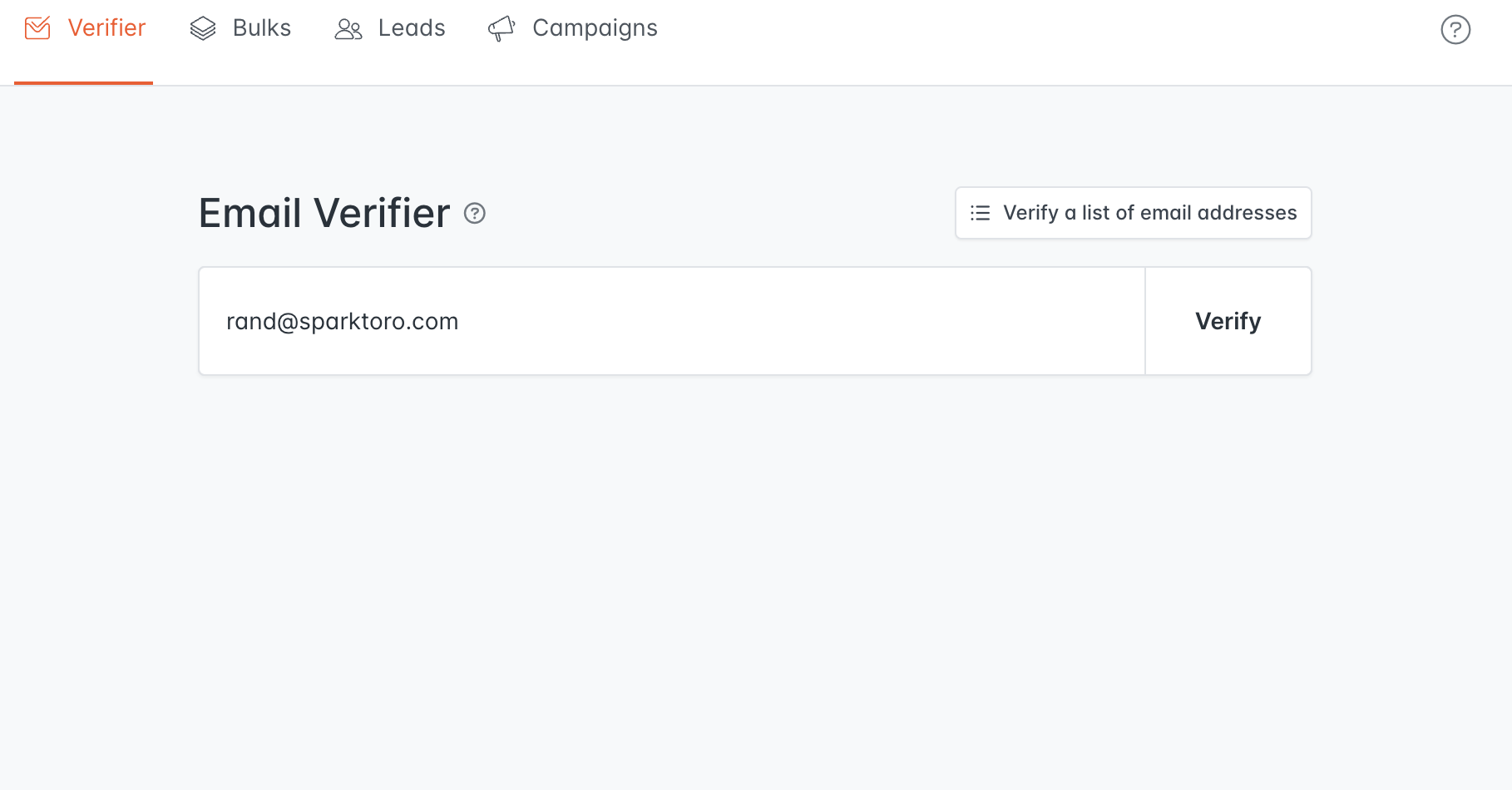
Here is the result.
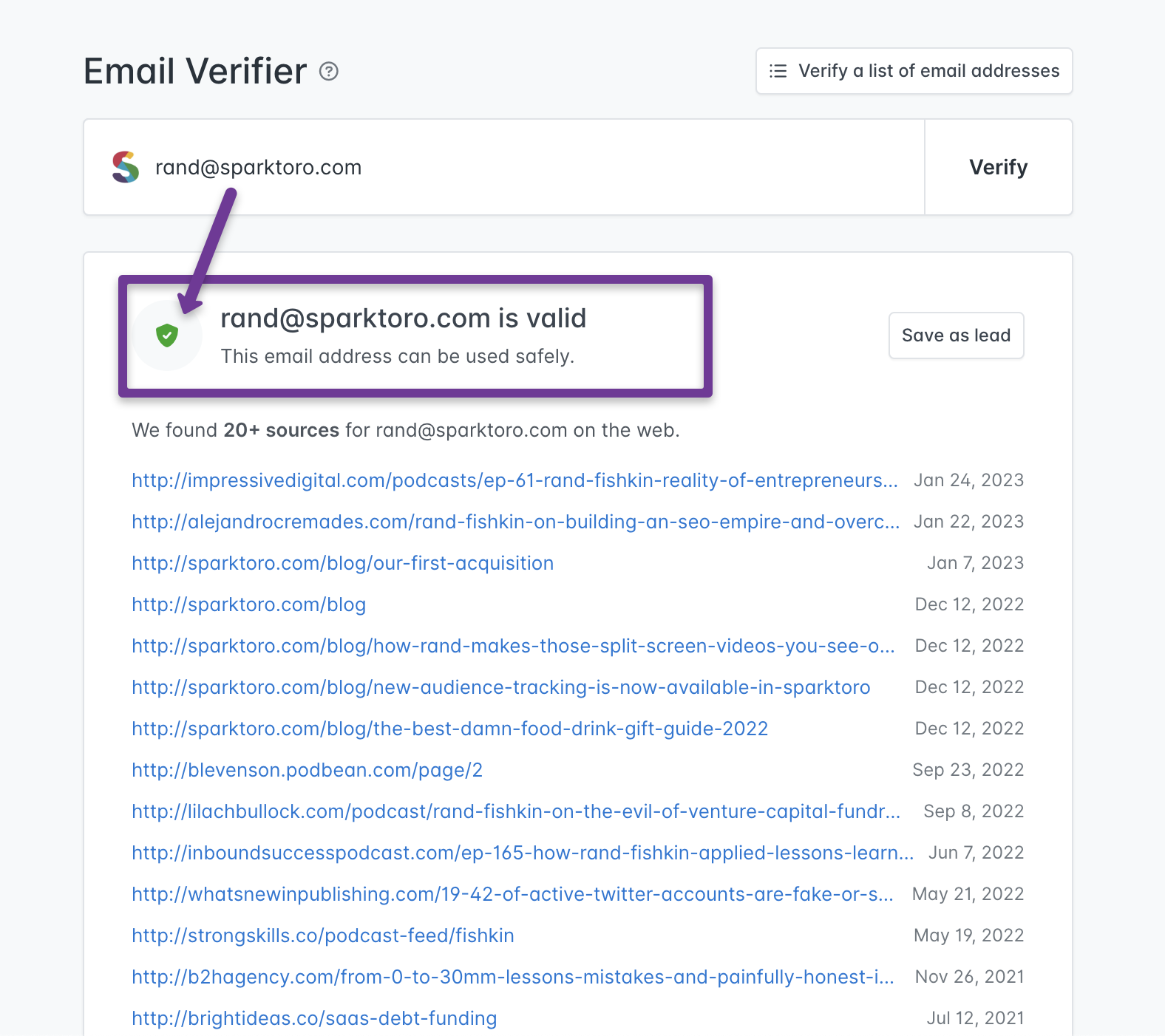
What to Do If You Fail to Find The CEO’s Email?
Every company has an email pattern they use for all their employees. And the most common email formula companies use is “first name @ company dot com. Just like us, Ibrahim @ nerdyjoe dot com.
According to a survey by Hunter, 49% of companies use that pattern. So, make it a rule of thumb to start your guessing with that pattern. That said, here are other patterns we’ve also found that companies use mostly.
In most cases, your target’s company email pattern will fall anywhere between the patterns we suggested.
But once you have created all the combinations, you will need to verify the email address to ensure your guess is correct.
There are two ways you can do this.
Use Gmail to guess and confirm the email
Paste all your guessed addresses in Gmail and use your mouse to hover over them to see which is effective.
Ideally, you are looking for an email address with a profile picture and correct contact details, like the one below.
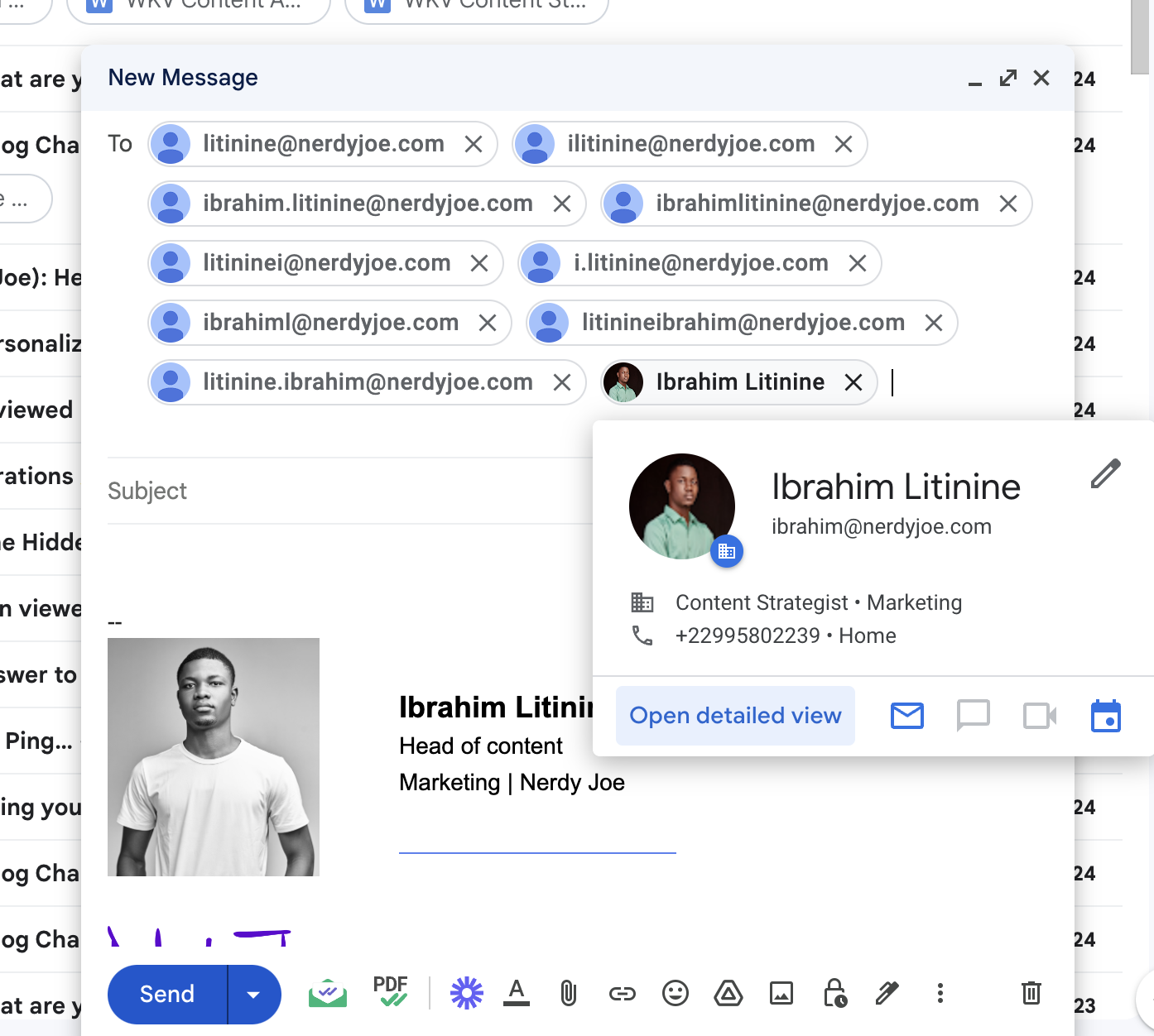
Guess the email and use a Google Sheet to confirm it
Here again, it’s the same process. Paste all your guessed email addresses in a Google Spreadsheet document and hover over them. The active email address will pop-up with clear details. See it for yourself:
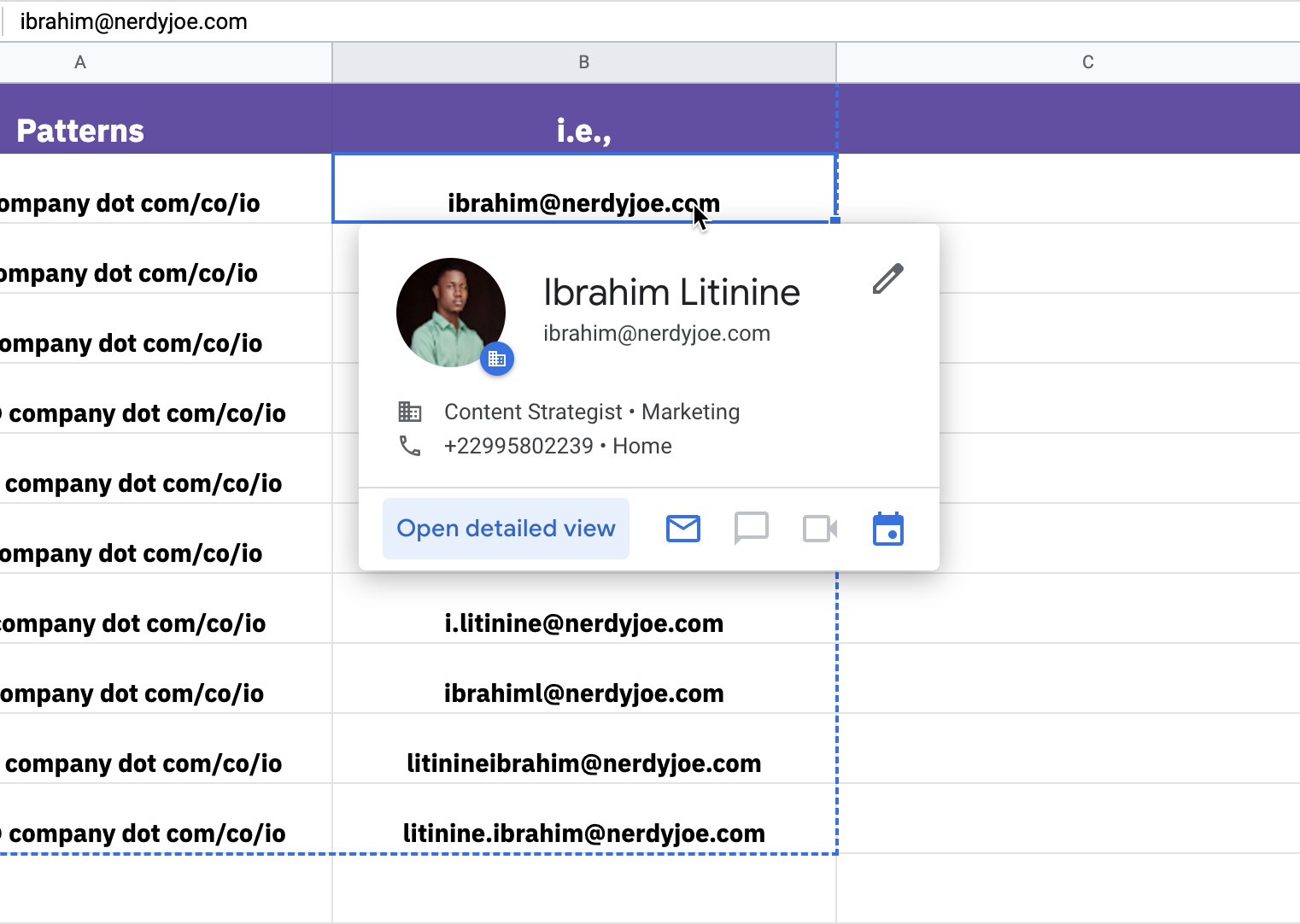
Bear in mind that depending on the name of your target, they might cut it, or readjust in the email. For example, names like Robert could get cut and give “[email protected]” or “[email protected]”.
Someone named Edward could use “[email protected]” or Vladimir could become “[email protected]”. You need to be aware of these potential formats on the personal level — based on your target’s name.
Let’s Help You Send Cold Emails That Get Replies From CEOs
If you made it this far, you’ve probably realized a few things:
We don’t send bulk emails.
We don’t email people who have never heard of you.
We don’t just pitch; we build relationships. That’s why most of the responses we get start with “Very nice email, Ernest.”
What we simply do is spend time knowing your ICP and craft an email that’s respectful of the CEO’s time, personalized, and to the point.
As a result, we easily close deals with people we never imagined doing business with.
So, if you’d like us to get you the same results, here’s our offer.
For $999, we’ll help you get 6 SQLs or book 6 sales meetings per month with CEOs that fit in your ICP and that are ready to buy. Interested? Book a meeting now.
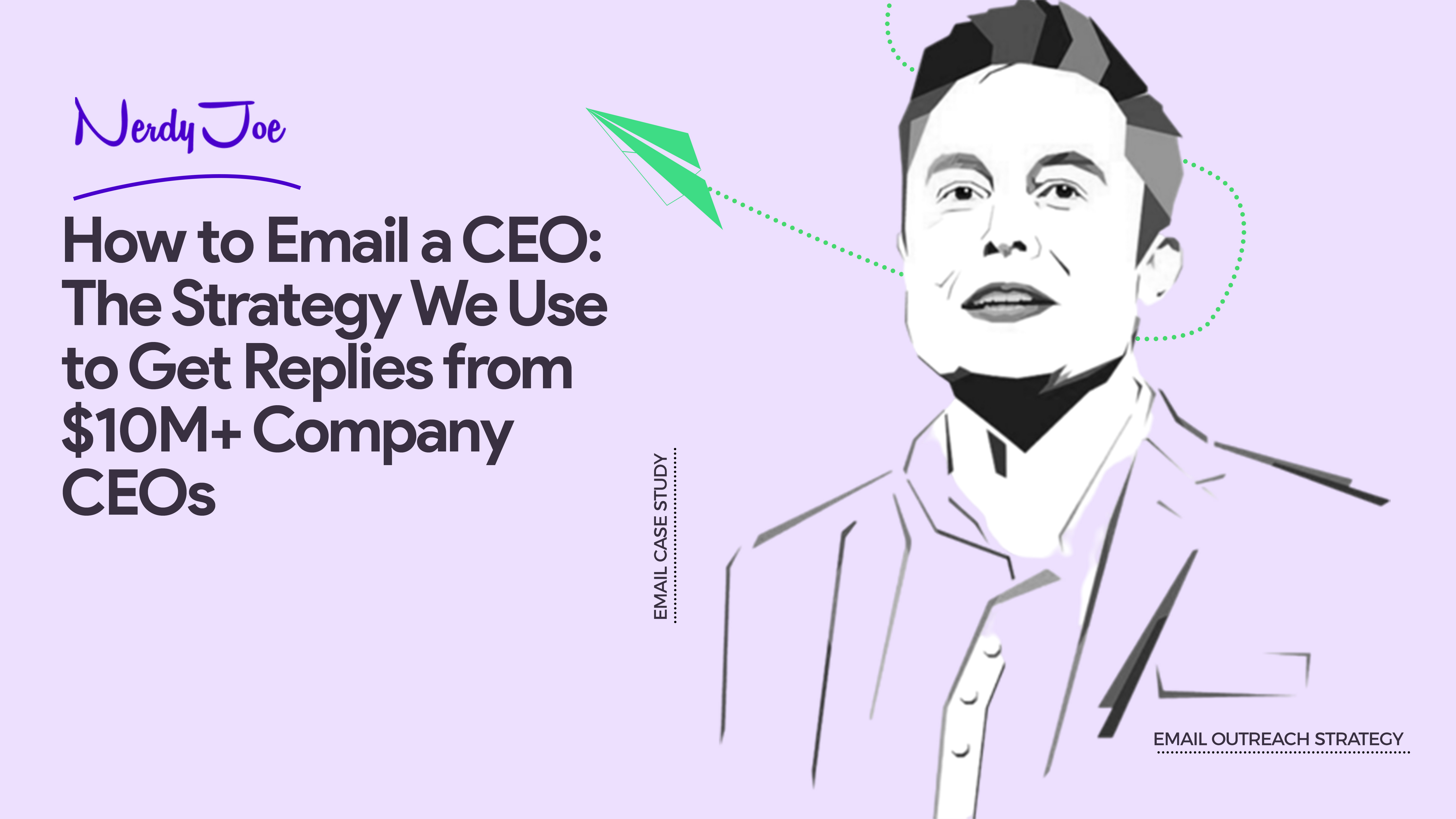
![top b2b lead generation companies and services in 2023 [in-depth review]](https://www.datocms-assets.com/66765/1674066909-top-b2b-lead-generation-companies-and-services-in-2023-in-depth-review-3x.jpg?w=600&h=400&fm=webp)
